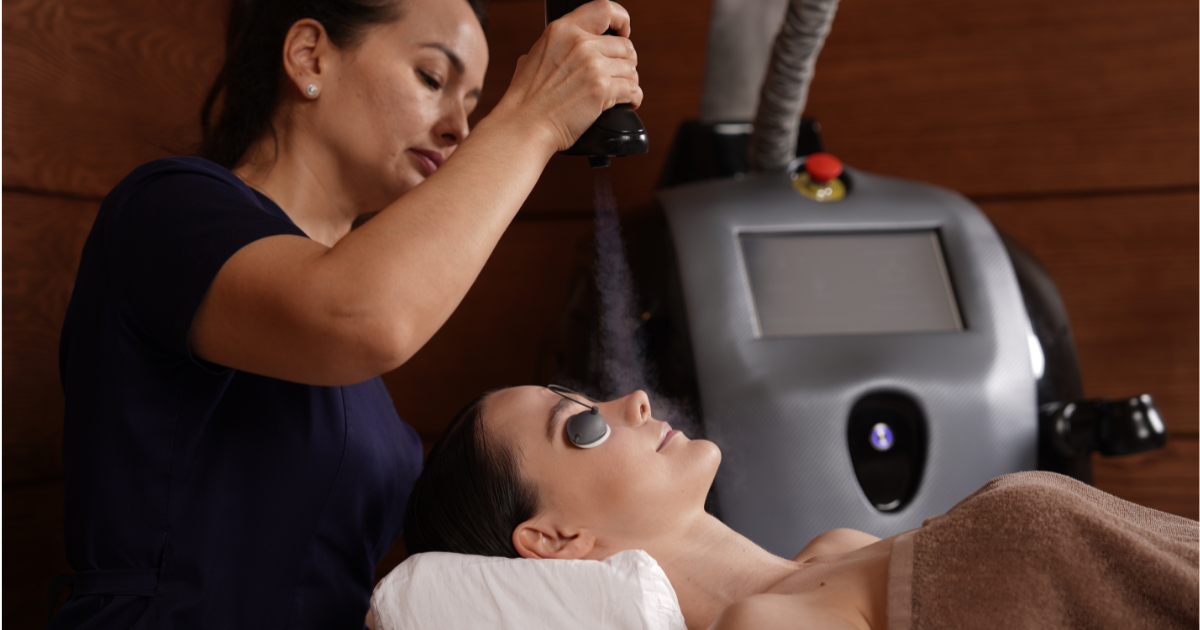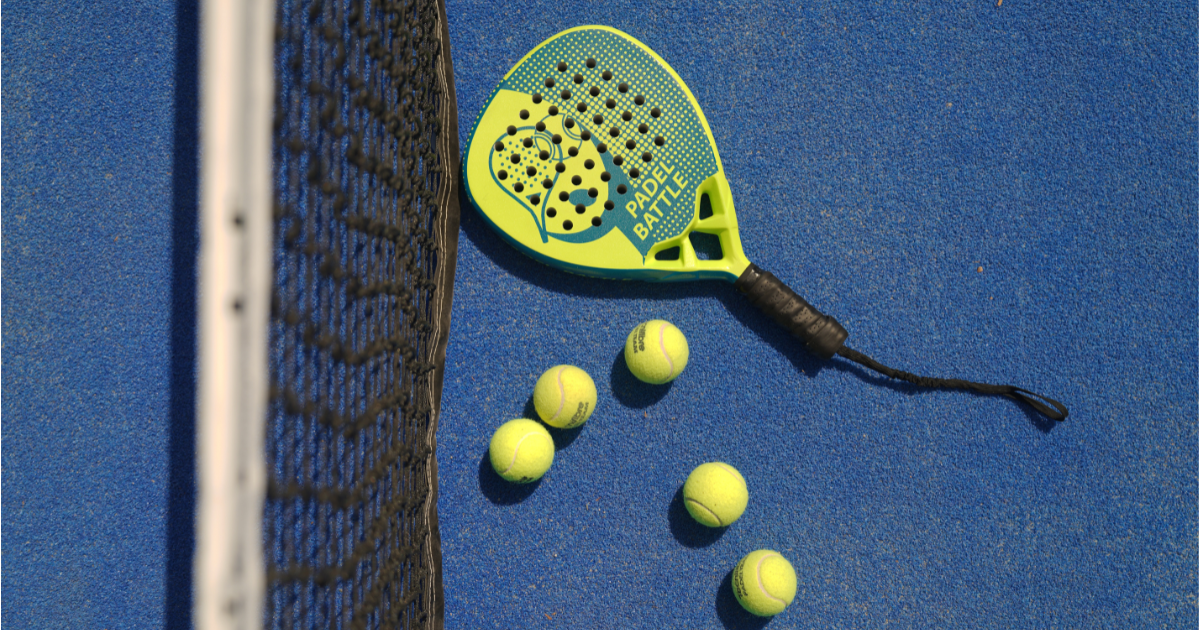AntiGravity: gymnastics in the air
Weightlessness for the body and soul
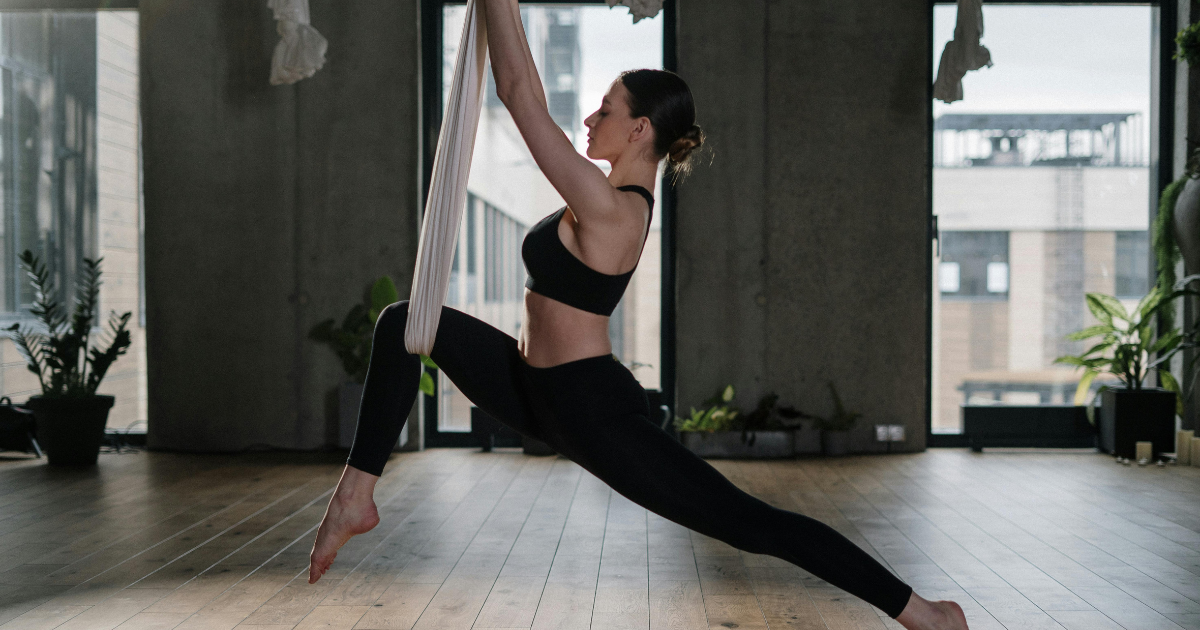
In recent years, a new fitness trend called AntiGravity has been gaining momentum among active lifestyle enthusiasts. This unique form of exercise combines elements of yoga, Pilates, dance, and aerial gymnastics. These workouts not only build strength and flexibility but also boost mood, relieve stress, and instill a sense of confidence.
Dancer and gymnast Christopher Harrison laid the basis for this discipline in the early 2000s in New York. The essence of AntiGravity lies in using a special hammock (a fabric sling) suspended from the ceiling. This equipment allows participants to perform various exercises in a suspended state, partially or fully reducing the strain on joints and the spine.
One of the main advantages of AntiGravity is its spinal benefits. Since the hammock supports the body, many exercises help relax and stretch the back muscles, reducing pain and tension in this area. Moreover, the workouts enhance flexibility, as the hammock enables stretching with support, minimizing the risk of injury.
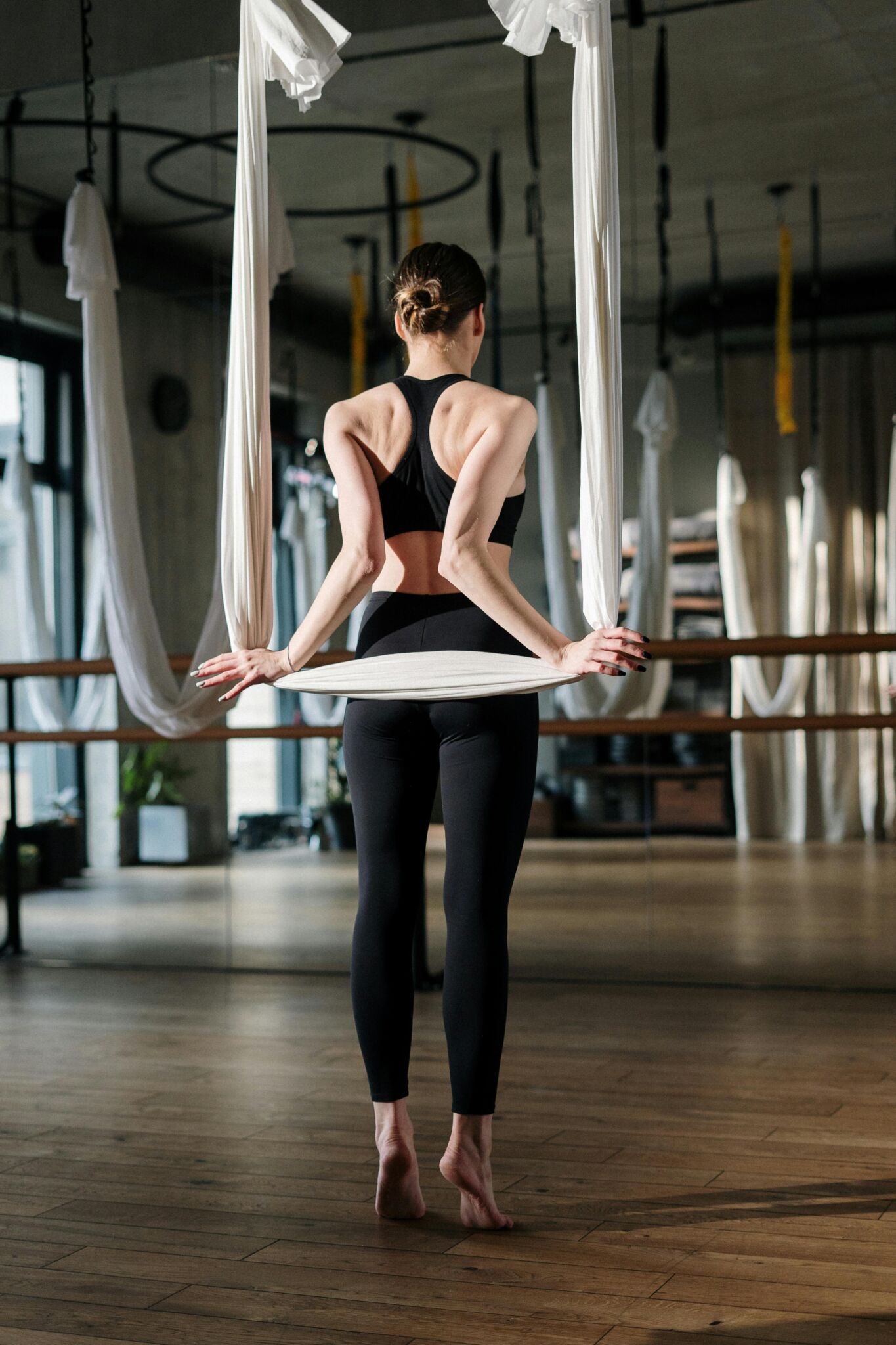
Photо: Pexels
AntiGravity features specific poses known as inversion poses, where the head is positioned below the hips. This improves blood circulation and oxygen flow to the brain, promoting mental clarity and reducing fatigue.
The practice teaches body balance. The exercises help your body find its center of gravity in unfamiliar positions, which improves coordination and a sense of equilibrium. The very idea of floating in the air evokes feelings of lightness and freedom, making these workouts a perfect way to unwind and combat stress.
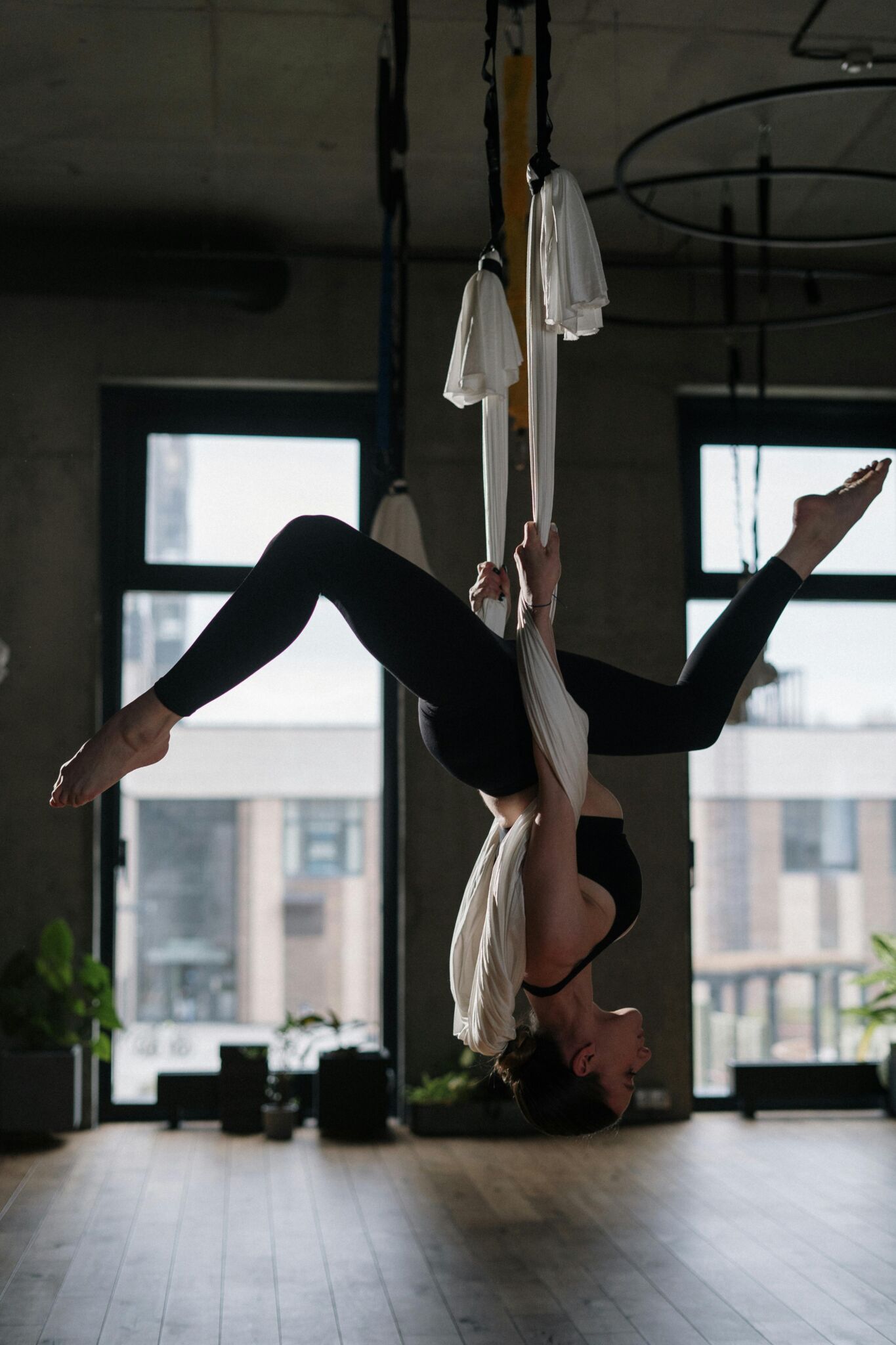
Photо: Pexels
AntiGravity is suitable for individuals of any fitness level, as the intensity can be adjusted. It's also important to note that while AntiGravity is generally safe when exercises are performed correctly, it may not be suitable for people with blood pressure issues. Therefore, consulting a doctor and fitness trainer before starting is recommended.
